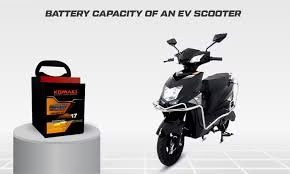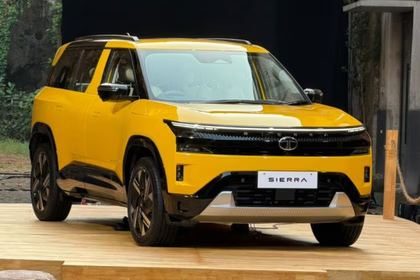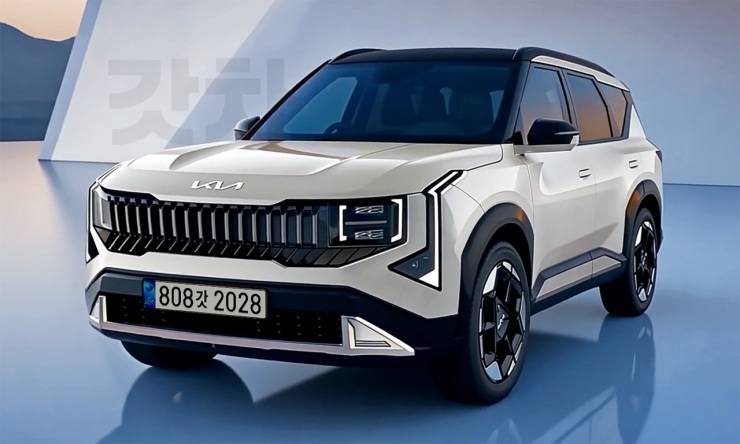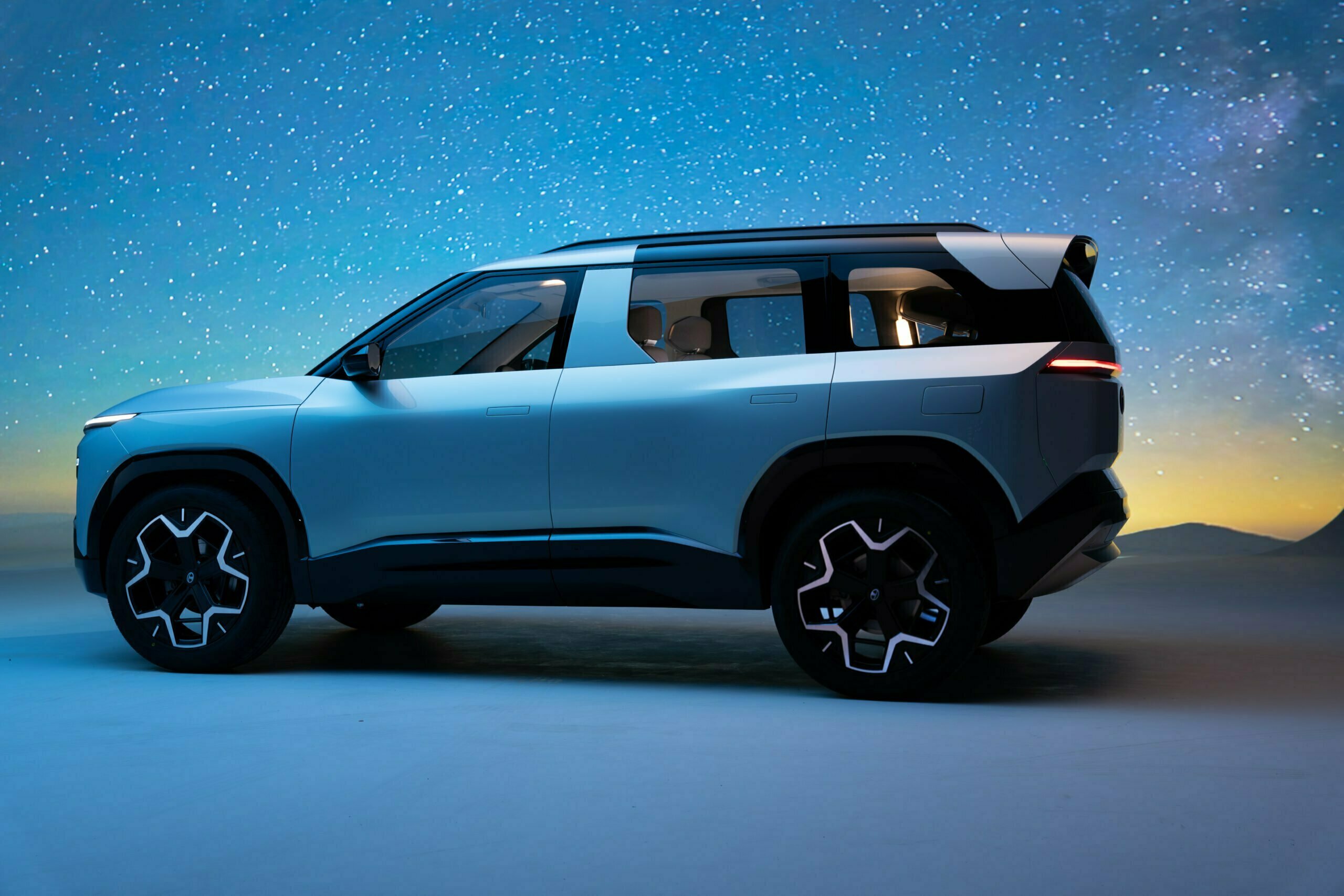Introduction
The Heart of Your Electric Scooter, the motor propels the wheels, but it is the battery that energizes the ride. Imagine it as the heart of your EV, what dictates how far you ride, how quickly you charge, and how long your car lasts. The battery is the most expensive unit in any electric scooter, often accounting for 40–50% of the entire price.

Electric scooters dominate Indian roads, and a discernible change in customer perception is evident. Increasingly, EV buyers are demanding answers to the right questions: How much does the battery cost? Can I change it? How long will it last? And most crucially, am I getting value for my money?
All this and more is answered in this article. You’ll learn:
- Genuine prices of electric scooter batteries across leading brands
- Different battery types and what you’re truly paying for
- How performance, range, and warranty impact your long-term savings
- What to consider before replacement or upgrade
- How 2025 Subsidies and Policies Affect Your Battery Cost.
Electric Scooter Battery Price in 2025
Battery Price Snapshot by Type (2025 Averages):
| Battery Type | Price Range | Typical Range | Used In |
| Lead-Acid | Rs 10,000 – Rs 18,000 | 40–60 km | Budget scooters, e-rickshaws |
| Lithium-ion (NMC) | Rs 25,000 – Rs 40,000 | 60–100 km | Ola S1 Air, Hero Optima CX |
| LFP (LiFePO4) | Rs 35,000 – Rs 55,000 | 80–120+ km | Ather 450X, TVS iQube ST, premium EVs |
Battery Types & What You Pay For
All EV batteries are not equal. What you pay depends significantly on what chemistry is used within the cells, and that chemistry will have a direct impact on your scooter’s range, weight, lifespan, and safety. Let’s dissect the three types that dominate Indian electric scooters in 2025 – and what you pay for.
- Lead-Acid Batteries – Affordable, But Old-Gen
- Price Range: Rs 10,000 – Rs 18,000
- Lifespan: 12–18 months (around 300–400 charge cycles)
- Typical Range: 40–60 km per charge
- Weight: Extremely heavy, increases drag and takes away from efficiency
- Used In: Basic e-scooters and e-rickshaws
- Lithium-ion (NMC) Batteries – Intelligent Balance of Price & Performance
- Price Range: Rs 25,000 – Rs 45,000
- Lifespan: 3–5 years (600–800 charge cycles)
- Typical Range: 60–100 km per charge
- Weight: Lightweight and compact
- Used In: Ola S1, Hero Optima CX, Bounce Infinity E1
NMC (Nickel-Manganese-Cobalt) lithium-ion batteries are by far the most popular used in contemporary scooters.
- LFP (Lithium Iron Phosphate) Batteries – Designed for Long-Term Value
- Price Range: Rs 35,000 – Rs 55,000
- Lifespan: 6–8 years (1200–2000 charge cycles)
- Typical Range: 80–120+ km per charge
- Weight: NMC is heavier but safer and more stable
- Used In: Ather 450X Gen 3, TVS iQube ST, high-end EVs
LFP batteries are increasingly becoming the gold standard in electric mobility thanks to their extremely long cycle life, thermal safety, and minimal degradation over time.
Real-World Differences
| Feature | Lead-Acid | Lithium-ion (NMC) | LFP (LiFePO4) |
| Energy Density | Low | High | Medium |
| Weight | Very Heavy | Light | Moderate |
| Charging Time | 6–8 hours | 2–4 hours | 3–5 hours |
| Lifespan (Years) | 1–1.5 | 3–5 | 6–8 |
| Fire Safety | Low | Medium | Very High |
| Cost/km (over life) | High | Medium | Lowest |
Top Battery Brands & OEM Pricing Breakdown
EV companies such as Ola, Ather, TVS, Bajaj, Hero Electric, and Simple Energy will provide replacement batteries at high prices, but with additional advantages.
Ola Electric
Ola supplies its lithium-ion batteries for the Ola S1 Air, which can cost approximately Rs 28,000–Rs 32,000, whereas the extended battery used in the Ola S1 Pro or S1 X+ can range from Rs 42,000 to Rs 48,000. Ola batteries come with a 3- to 5-year warranty and are closely integrated with their onboard software and fast-charging systems.
Ather Energy
Ather employs LFP batteries in its top-of-the-line 450X Gen 3 series, which is renowned for its longevity and dependability. The replacement price is roughly Rs 48,000–Rs 55,000, but it comes with a robust BMS (Battery Management System), a 3-year regular warranty (extendable to 5 years), and OTA diagnostics. Its battery leasing options also provide you with flexibility.
The Chetak’s battery pack is frame-mounted and based on NMC chemistry. The cost of replacement is between Rs 35,000 and Rs 45,000. Bajaj offers an industry-standard warranty; however, battery removal and service typically require a trip to a certified facility.
Hero Electric
Hero’s older models utilized lead-acid batteries, which are more affordable (Rs 10,000–Rs 15,000). Still, newer lithium-ion models, such as the Optima CX, now utilize swappable packs that range from Rs 25,000 to Rs 35,000. Hero also offers customers the ability to purchase standalone battery packs from authorized dealers.
Simple Energy
Targeting the performance segment, Simple Energy offers high-capacity packs with a claimed range of over 200 km. Replacement batteries here are expensive, ranging from Rs 50,000 to Rs 60,000, but they include long-term support and intelligent BMS integration.
OEM vs. Aftermarket
- Smooth software integration
- Enhanced thermal protection and diagnostics
- Authorized service and installation
- Extended warranty (up to 5 years)
OEMs are charging for peace of mind, technical support, and ecosystem compatibility—things that count if you want long-term performance and safety.
Hidden Costs to Watch
Electric scooter battery in 2025, the quoted price isn’t the actual price. Most EV users are surprised by hidden fees that quietly add up to thousands on the final bill.
- Installation & Labour Fees
- Battery replacement is not necessarily plug-and-play. Certain scooters require disassembly, software syncing, or certified technician intervention.
- Typical cost: Rs 500 to Rs 2,000
- At service centres, the cost can be included with diagnostics or waived with warranty replacement.
- For aftermarket batteries, local service mechanics may charge an additional cost for wiring and configuration.
2. BMS (Battery Management System) Compatibility
- Your scooter’s performance, safety, and battery health all depend on the Battery Management System (BMS).
- OEM batteries have pre-calibrated BMS tailored for that scooter’s model.
- When you install a third-party battery, it may not communicate properly with your scooter’s software, which can affect range prediction, charge cutoff, or app integration.
- Incompatibility can also invalidate your warranty or cause overheating and performance problems.
3. Warranty Upgrade Options (2 to 5 Years)
- All major OEMs provide a standard 2–3 year warranty on the battery, but now also offer extended coverage for 5 years at an additional cost.
- Extended warranty schemes usually run Rs 1,500 to Rs 5,000 more.
- The plans cover internal cell failures, BMS faults, and thermal protection, which would otherwise cost Rs 10K+ to repair.
- It’s worth it if you intend to own the scooter in the long term or use it daily.
Power + Performance: Which Battery Gives Best Value?
Selecting the proper battery isn’t just about initial cost—it’s about the performance, longevity, and efficiency you’ll get in the long term. In 2025, electric vehicle customers are wiser than ever, considering not only range and marque but also the cost per kilometre, actual real-world charging patterns, and whether batteries can withstand the Indian climate.
- Price per Kilometer – What Are You Paying?
This is the most underrated number: How many kilometres do you obtain for each rupee that you spend on a battery?
Lead-Acid:
- Cost Rs 15,000, average life 300 cycles × 40 km = 12,000 km
- Cost/km: Rs 1.25/km
- (High in the long term due to premature degradation)
Lithium-ion (NMC):
- Cost Rs 35,000, 700 cycles × 70 km = 49,000 km
- Cost/km: Rs 0.71/km
- (Trade-off between price and performance)
LFP (LiFePO4):
- Price Rs 50,000, 1500 cycles × 90 km = 1,35,000 km
- Cost per km: Rs 0.37/km
- (Best ROI – lowest in the long run)
- Charging Speed vs Longevity
- Lead-acid batteries charge in 6–8 hours and deteriorate quickly if they are charged too rapidly. They have poor thermal tolerance and spoil in hot conditions as well as due to overcharging.
- NMC Lithium-ion takes 3–4 hours to charge, offers fast charging support, and provides a good balance; however, it starts degrading if fast-charged repeatedly.
- LFP has ultra-fast charging support, is heat-resistant, and degrades very little even after several hundred fast-charge cycles.
- LFP is the winner in charging speed as well as long-term stability.
- Climate Impact – Cold Winters & Hot Indian Summers
- Lead-Acid: Extreme degradation in performance below -10°C or above 40°C. Slower charging, reduced range, and increased failure rate should be expected.
- NMC: Improved cold-weather performance compared to lead-acid, but will warm up more quickly in Indian summers. Range declines ~15–20% in full sun.
- LFP: Most stable chemistries at temperature extremes. It retains a 90–95% range even under hot temperatures (above 45 °C) and has intrinsic thermal safety.
Is Battery Swappable in Ola, Ather, Hero, etc.?
The majority of Indian mainstream EVs are not user-swappable battery-friendly, at least not officially.
Hero Electric:
- Hero Optima CX and NYX HX feature swappable batteries, so they are the most “swappable-friendly” among mass-market brands. You can take the battery inside, charge it, and manually replace it.
Ola S1 Air to S1 Pro Battery Upgrade – Is It Possible?
Can I upgrade the 2 kWh battery of my S1 Air to a 3 or 4 kWh Pro variant?
- Technically, yes—but it is contingent on your model year scooter and compatibility with the internal controller.
- Ola supports in-service centre upgrades, which will amount to approximately Rs 15,000–Rs 20,000 inclusive of the new battery module, software unlocks, and installation.
- Not all early S1 Air units, however, are compatible with higher packs due to BMS and chassis limitations.
Can You Use Third-Party Batteries? What Happens to Your Warranty?
- Third-party or aftermarket batteries can be cheaper, but at what cost?
- Voiding of Warranty: Nearly all top brands (Ola, Ather, TVS, Bajaj) void motor and battery warranties if an uncertified battery is used.
- BMS Incompatibility: Your scooter’s innovative features—such as range estimation, thermal protection, charging cutoff, and app tracking—won’t function correctly.
- EV systems are carefully calibrated for particular battery chemistry, voltage ranges, and cooling procedures. A mismatch can lead to overheating, shutdowns, or worse—fires.
Government Subsidies & Battery Replacement – 2025 Update
FAME III Benefits – Do They Extend to Battery-Only Purchases?
FAME III continues to meet specific performance criteria.
- Buying a battery-only vehicle, even if it’s OEM-approved, doesn’t qualify for a subsidy under existing rules.
- However, if you purchase a new scooter with a battery leasing program, the upfront cost is subsidized under FAME III, and the lease includes servicing future batteries.
- EV is nearing the end of its battery life, and you’re eligible for FAME III again (in the case of a fleet or business buyer); purchasing a new vehicle may offer more benefits.
Scrap Policy & Old Battery Disposal Incentives
- Authorized recyclers will now provide Rs 500–Rs 2,000 cashback or credit for returning old lithium-ion batteries (the amount varies based on capacity and weight).
- Additional incentives are available in some states if you hand over your battery while upgrading at certified centres.
- EV manufacturers such as Ola and Ather have partnered with recyclers to offer exchange discounts when returning a battery in a usable state.
- Never privately dispose of an old battery—it’s not only risky but also illegal.
Final Verdict – What Should You Spend?
Lithium-ion (NMC) battery that costs around Rs 30,000–Rs 40,000. For last-mile delivery or fleet applications on your scooters, the intelligent option is an LFP battery, even if it means spending Rs 50,000 or more. Why? Because, in the next 5 to 8 years, it’s lower price per kilometre, longer cycle life, and heat resistance will ultimately save you much more than any cheap battery could.
OEM or aftermarket? If your scooter is still under warranty, or if you’re using a feature-rich model like Ola, Ather, or TVS, the OEM route is almost always worth it. Their batteries are designed for seamless integration, come with innovative BMS systems, and support diagnostics, OTA updates, and charging safety. But if your EV has lapsed out of warranty or is a basic commuter brand like Hero Electric or Ampere, an aftermarket battery from a qualified supplier can be an affordable option, provided it complies with safety and BMS compatibility specifications.
Overall, it extends the lifespan of your scooter. In the electric vehicle universe, your battery is not just a part—it’s the engine, gas tank, and heartbeat of your ride. Invest smart, and it will pay for itself time and again.
FAQs
Q1. Is it possible to put a battery from one company into another scooter?
Technically, it can be done—but don’t. Every EV brand engineers its battery pack to pair with a specific BMS, voltage profile, and software environment. Inserting another manufacturer’s battery can lead to malfunctions, range inaccuracies, or destroy your motor and controller. Furthermore, such an alteration will void your warranty and may not be supported legally by accredited service centres. Use OEM or certified third-party replacement parts specifically engineered for your scooter model.
Q2. What if my battery dies mid-ride – is roadside help available?
Yes, all top EV companies in 2025, such as Ola, Ather, TVS, and Hero Electric, will provide 24/7 roadside support, particularly in metro locations. If your battery drains or suddenly stops working, you can get customer care assistance via the app or service hotline. Assistance generally entails towing, emergency charge, or scooter pickup within a specific area. For fleet or commercial riders, some also provide on-demand battery changes or portable chargers.
Q3. Are electric vehicle batteries insured under car insurance?
Batteries are due to normal wear and tear or end-of-life aging. They do cover damage to the battery in the event of accidents, floods, fires, or theft. Certain insurers even offer add-on plans for EV battery protection, which cover sudden breakdowns or even a pro-rated replacement benefit. It makes sense to check if such an add-on is available with your insurer for your scooter.
Q4. How can I tell if my battery is original or a refurbished one?
A genuine battery will have the OEM’s markings, serial number, date of manufacture, and sometimes a QR code that points to the firm’s database. A refurbished battery may lack correct labelling, have a date stamp from the past, or be delivered without a valid warranty certificate. In case of doubt, request a battery health report or have it authenticated at an approved service centre. Never purchase from an unauthorized seller, particularly if the offer appears “too good to be true.”
Q5. How to dispose of or recycle a used battery safely?
EV batteries are considered hazardous e-waste, and they cannot be disposed of in general trash. You will need to recycle them with a certified battery recycler or an authorized service centre for your vehicle brand. From 2025, most brands will offer buy-back or exchange credit programs for batteries, providing a discount of up to Rs 2,000 on new purchases if you submit your old pack. Check government-approved e-waste partners under the Battery Waste Management Rules 2022 for legal and safe disposal.




